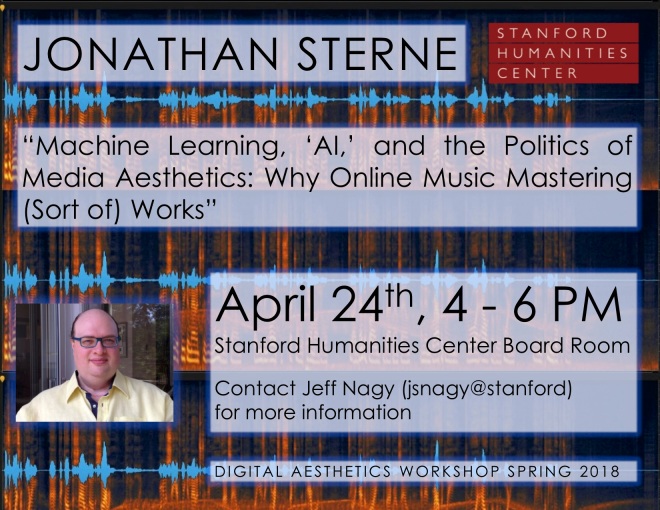
This is deeply weird. Google Books has a summary of Discorrelated Images up, and it’s definitely not from the publisher (compare Duke University Press’s summary here). While Google’s summary is not exactly *wrong* in anything that it says, it is far from a summary of what my book is actually about — and some sentences can’t really be judged in terms of truth or accuracy, as they just don’t make sense. (For example, the second sentence: “While film theory is based on past film techniques that rely on human perception to relate frames across time, computer generated images use information to render images as moving themselves.” What does that mean?!? It’s grammatical, and it *sounds* vaguely like something I might have written, but as far as I can tell, it is meaningless.)
Moreover, from this text it sounds like the book is primarily about Michael Bay’s TRANSFORMERS with a detour through Denis Villeneuve’s BLADE RUNNER 2049. To be clear, I do write about both of these, but I also write about Guy Maddin’s algorithmic SEANCES, about Basma Alsharif’s HOME MOVIES GAZA, about desktop horror, drones, speculative execution, animation, about the relations between the phenomenology of perception in relation to microtemporal and subperceptual events, about videogames, codecs, streaming video, and the end of the world.
Anyway, who wrote this summary? Why do I think it was a machine?
